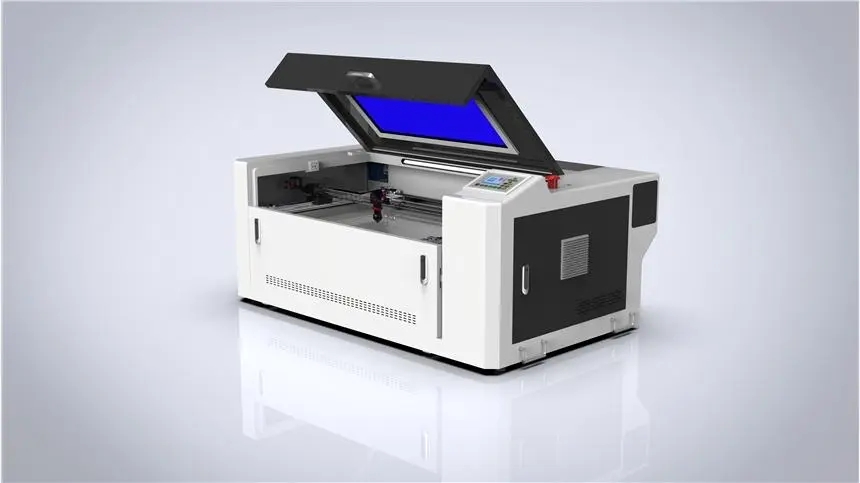Can Wood be Laser Cut?
Introduction
Laser cutting is a versatile and precise method of cutting various materials, including wood. With its ability to create intricate designs and clean cuts, laser cutting has become a popular choice in many industries, including woodworking, furniture manufacturing, and crafts. In this article, we will explore the process of laser cutting wood, its advantages and limitations, and provide answers to common FAQs.
I. Laser Cutting Process
Laser cutting involves using a high-powered laser beam to cut, engrave, or etch materials. When it comes to wood, the laser beam generates intense heat upon contact with the surface, causing the wood to vaporize or burn away. The laser beam is controlled by a computer, allowing for precise cuts and intricate designs.
II. Types of Wood Suitable for Laser Cutting
While laser cutting can be done on various types of wood, some are more suitable than others. Materials such as birch, maple, cherry, walnut, and MDF (Medium Density Fiberboard) are commonly used for laser cutting. These woods have consistent density, fewer knots, and produce cleaner cuts. Dense hardwoods like oak and exotic woods may require more power and slower speeds to achieve the desired results.
III. Advantages of Laser Cutting Wood
1. Precision: Laser cutting provides high accuracy and intricate detailing, allowing for the creation of intricate patterns, engravings, and complex designs.
2. Clean Cuts: Laser cutting produces clean edges without the need for additional processing or finishing. This saves time and resources.
3. Versatility: With laser cutting, it is possible to create various shapes, sizes, and designs, limited only by the imagination of the designer.
4. Time and Cost Saving: Laser cutting is a fast and efficient process. It eliminates the need for manual cutting or sawing, reducing labor costs and production time.
IV. Limitations of Laser Cutting Wood
1. Burn Marks: The intense heat generated by the laser can cause burn marks on the wood surface. These can be minimized by adjusting the laser settings or using protective materials like masking tape.
2. Material Thickness: Laser cutting is most effective on thin to medium thickness wood. Cutting thicker wood may result in incomplete cuts or slower processing speed.
3. Limited Material Sizes: The working size of laser cutting machines typically has limitations. Large pieces of wood may require multiple cuts or specialized equipment.
4. Incompatibility with Some Woods: Certain types of wood, such as pressure-treated lumber or wood treated with chemicals, may release toxic fumes when laser cut. It is important to choose materials that are safe for laser cutting.
FAQs
Q1. Can laser cutting burn the wood?
A1. Yes, laser cutting generates intense heat that can cause burn marks on the wood. However, the heat can be adjusted to minimize burn marks.
Q2. Can laser cutting create intricate designs on wood?
A2. Yes, laser cutting allows for precise and intricate designs, including patterns, engravings, and complex shapes.
Q3. Can laser cutting be used on all types of wood?
A3. Laser cutting can be done on various types of wood. However, some woods may produce better results than others. Materials such as birch, maple, cherry, walnut, and MDF are commonly used for laser cutting.
Q4. Is laser cutting wood cost-effective?
A4. Laser cutting can be cost-effective as it eliminates the need for manual cutting or sawing, reducing labor costs and production time.
Q5. Does laser cutting have limitations on wood thickness?
A5. Laser cutting is most effective on thin to medium thickness wood. Cutting thicker wood may result in incomplete cuts or slower processing speed.
Conclusion
Laser cutting is an effective method for cutting wood, offering precision, clean cuts, and versatility. While there are some limitations to consider, laser cutting has revolutionized the woodworking industry, providing designers and manufacturers with the ability to create intricate and complex designs. With advancements in laser technology, the possibilities for wood laser cutting continue to expand, allowing for innovative and precise creations.





